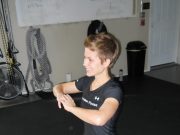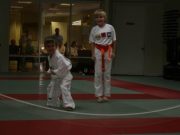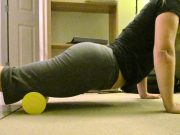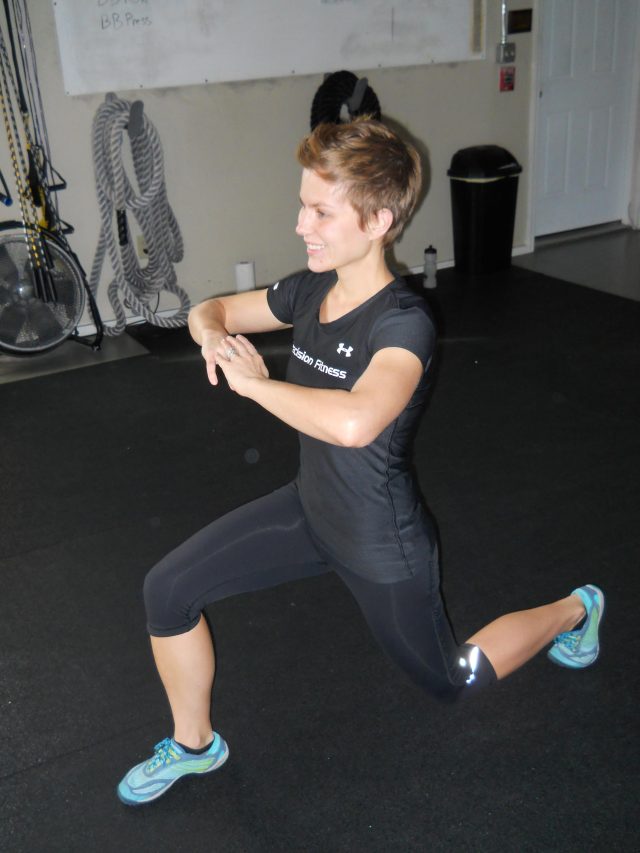Lunges are a fundamental exercise that can significantly enhance your lower body strength, balance, and flexibility. However, executing them with improper form can lead to discomfort or even injury, undermining your fitness goals. In this guide, we’ll walk you through the steps to perform lunges with precision and care, ensuring you reap their full benefits while safeguarding your well-being. Whether you’re a beginner or a seasoned athlete, understanding the nuances of proper form is crucial. Let’s embark on this journey together, focusing on alignment, control, and confidence to make lunges a safe and effective part of your fitness routine.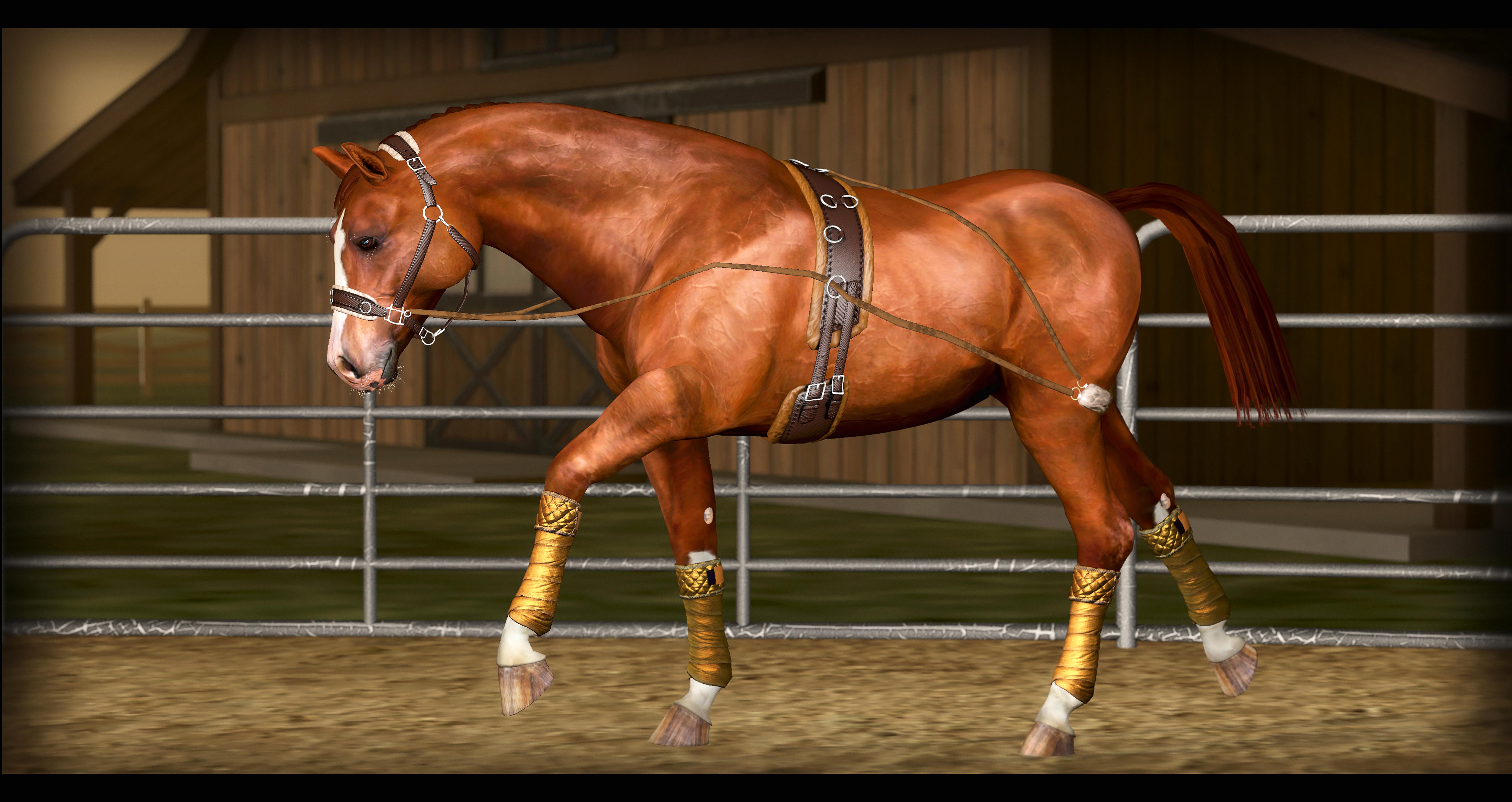
Understanding the Basics of a Lunge
The lunge is a versatile and effective exercise that targets multiple muscle groups, including the quadriceps, hamstrings, glutes, and calves. Proper form is essential to maximize benefits and prevent injuries. Start by standing tall with your feet hip-width apart. Engage your core and take a step forward with your right foot, keeping your torso upright. Lower your hips until both knees are bent at about a 90-degree angle, ensuring your front knee is directly above your ankle. Push back to the starting position through your front heel and repeat on the other side.
- Alignment: Maintain a straight line from head to tailbone.
- Knee Position: Keep your front knee aligned with your ankle.
- Balance: Use your core to stabilize and avoid leaning forward.
| Common Mistakes | Corrections |
|---|---|
| Front knee extends beyond toes | Step wider and focus on knee alignment |
| Back heel lifts off the ground | Lower your hips and distribute weight evenly |
| Leaning forward excessively | Engage core and maintain an upright posture |

Mastering Your Posture for Effective Lunges
Achieving the perfect lunge requires attention to several key aspects of posture that ensure effectiveness and prevent injury. Begin by focusing on your spinal alignment. Keep your back straight and shoulders relaxed, allowing your chest to remain open. This posture not only aids in balance but also ensures that the core is engaged, providing additional support during the exercise.
- Feet Placement: Position your feet hip-width apart to maintain stability.
- Knee Alignment: As you step forward, ensure your front knee aligns directly over your ankle, preventing excess strain.
- Core Engagement: Activate your core muscles to stabilize your torso and maintain balance.
Consider the importance of your gaze and breathing. Keep your eyes forward, fixing on a point to help maintain balance. Breathe in as you step forward, and exhale as you push back to the starting position. Proper breathing aids in maintaining rhythm and enhances muscle engagement.
| Posture Element | Benefit |
|---|---|
| Spinal Alignment | Reduces back strain |
| Knee Alignment | Prevents joint injury |
| Core Engagement | Improves stability |

Preventing Common Mistakes to Protect Your Knees
Ensuring proper form during lunges is crucial for protecting your knees and maximizing your workout benefits. Here are some key tips to keep in mind:
- Align Your Knees and Toes: As you step forward into a lunge, make sure your front knee is aligned with your toes. This helps distribute the weight evenly and prevents undue stress on the knee joint.
- Maintain a Straight Posture: Keep your back straight and your core engaged. This not only helps with balance but also ensures that your knees aren’t taking on unnecessary pressure.
- Avoid Overstepping: A common mistake is stepping too far forward, which can strain the knee. Aim for a 90-degree angle in both knees at the bottom of the lunge.
Here’s a quick comparison of correct versus incorrect lunge positions to help you visualize the difference:
| Correct Position | Incorrect Position |
|---|---|
| Front knee aligned with ankle | Front knee extends beyond toes |
| Back knee lowered towards the ground | Back leg too straight, causing imbalance |
| Core engaged, back straight | Hunched back, disengaged core |
Remember, taking the time to focus on your form not only helps in avoiding injuries but also enhances the effectiveness of your workout. Listen to your body, and if you feel any discomfort, pause and adjust your stance. Your knees will thank you!

Enhancing Your Lunge Routine with Variations
To elevate your lunge routine, incorporating variations can add excitement and target different muscle groups. Mixing up your lunge exercises not only prevents workout monotony but also challenges your body in new ways, promoting better balance, coordination, and strength.
- Reverse Lunges: Instead of stepping forward, step back with one leg. This variation reduces strain on the knees and enhances glute activation.
- Side Lunges: Perfect for targeting the inner thighs and improving lateral movement. Step out to the side, bending the knee of the leading leg while keeping the trailing leg straight.
- Walking Lunges: Combine lunges with forward motion. This dynamic variation increases heart rate and engages the core more effectively.
- Curtsy Lunges: Cross one leg behind the other as you lunge, mimicking a curtsy. This move focuses on the outer thighs and glutes.
| Lunge Variation | Primary Focus |
|---|---|
| Reverse Lunge | Glutes, Hamstrings |
| Side Lunge | Inner Thighs, Adductors |
| Walking Lunge | Core Stability, Cardiovascular |
| Curtsy Lunge | Outer Thighs, Glutes |
Incorporating these variations into your routine not only enhances muscle engagement but also improves overall functional fitness. Experiment with different combinations and find what works best for your body and fitness goals. Remember, the key is to maintain proper form to maximize benefits and minimize injury risks.

